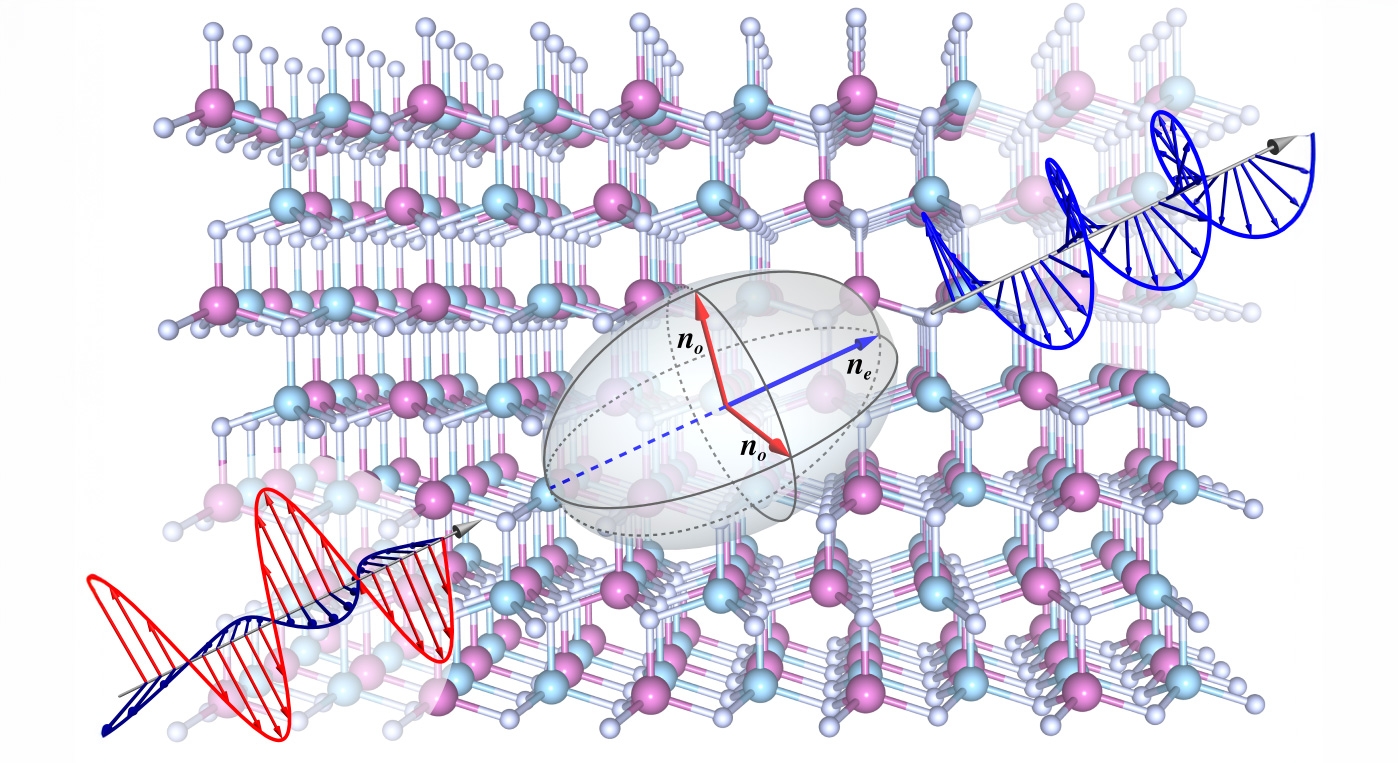2025-03-11 カリフォルニア大学サンタバーバラ校 (UCSB)

<関連情報>
- https://news.ucsb.edu/2025/021799/boosting-electro-optic-performance-iii-v-semiconductors
- https://pubs.aip.org/aip/apl/article-abstract/126/4/041901/3332365/Towards-higher-electro-optic-response-in-AlScN
AlScNの電気光学応答性の向上に向けて
Towards higher electro-optic response in AlScN
Haochen Wang;Sai Mu;Chris G. Van de Walle
Applied Physics Letters Published:January 27 2025
DOI:https://doi.org/10.1063/5.0244434

Novel materials with large electro-optic (EO) coefficients are essential for developing ultra-compact broadband modulators and enabling effective quantum transduction. Compared to lithium niobate, the most widely used nonlinear optical material, wurtzite AlScN, offers advantages in nano-photonic devices due to its compatibility with integrated circuits. We perform detailed first-principles calculations to investigate the electro-optic effect in Al1−xScxN alloys and superlattices. At elevated Sc concentrations in alloys, the EO coefficients increase; importantly, we find that cation ordering along the c axis leads to enhanced EO response. Strain engineering can be used to further manipulate the EO coefficients of AlScN films. With applied in-plane strains, the piezoelectric contributions to the EO coefficients increase dramatically, even exceeding 250 pm/V. We also explore the possibility of EO enhancement through superlattice engineering, finding that nonpolar a-plane (AlN)m/(ScN)n superlattices increase EO coefficients beyond 40 pm/V. Our findings provide design principles to enhance the electro-optic effect through alloy engineering and heterostructure architecture.



